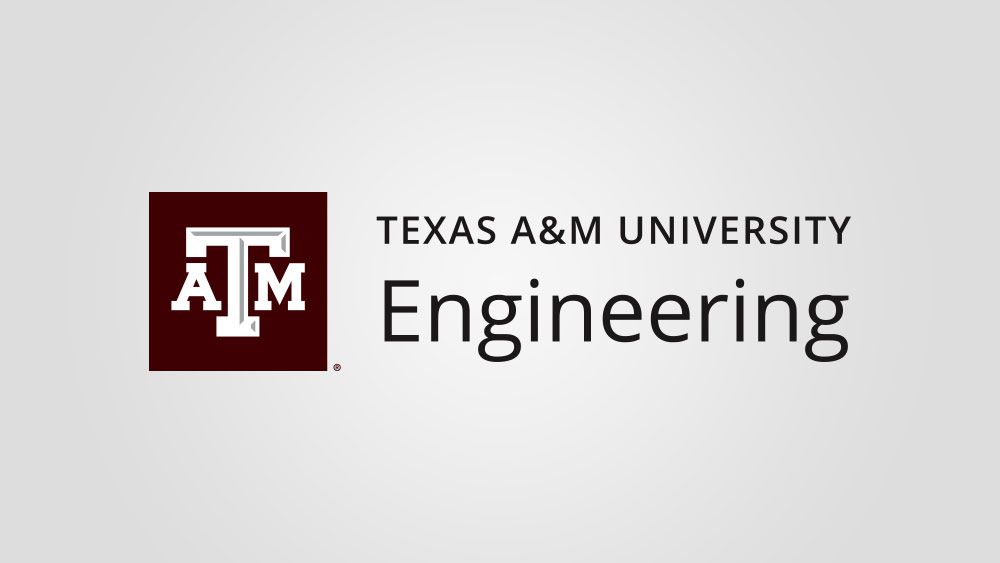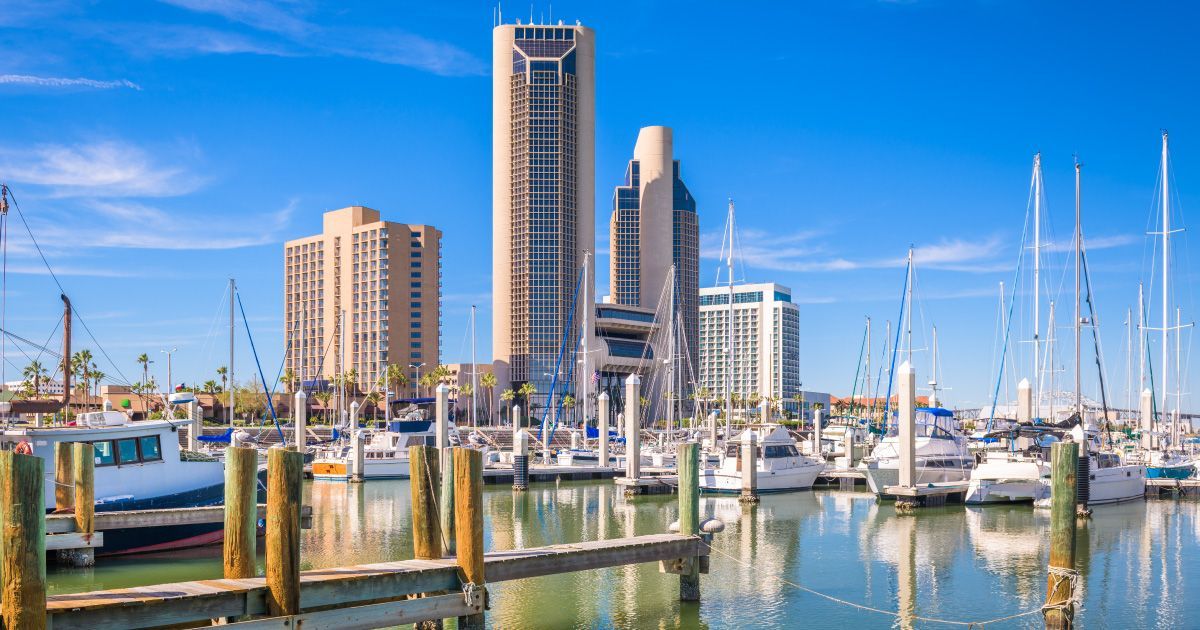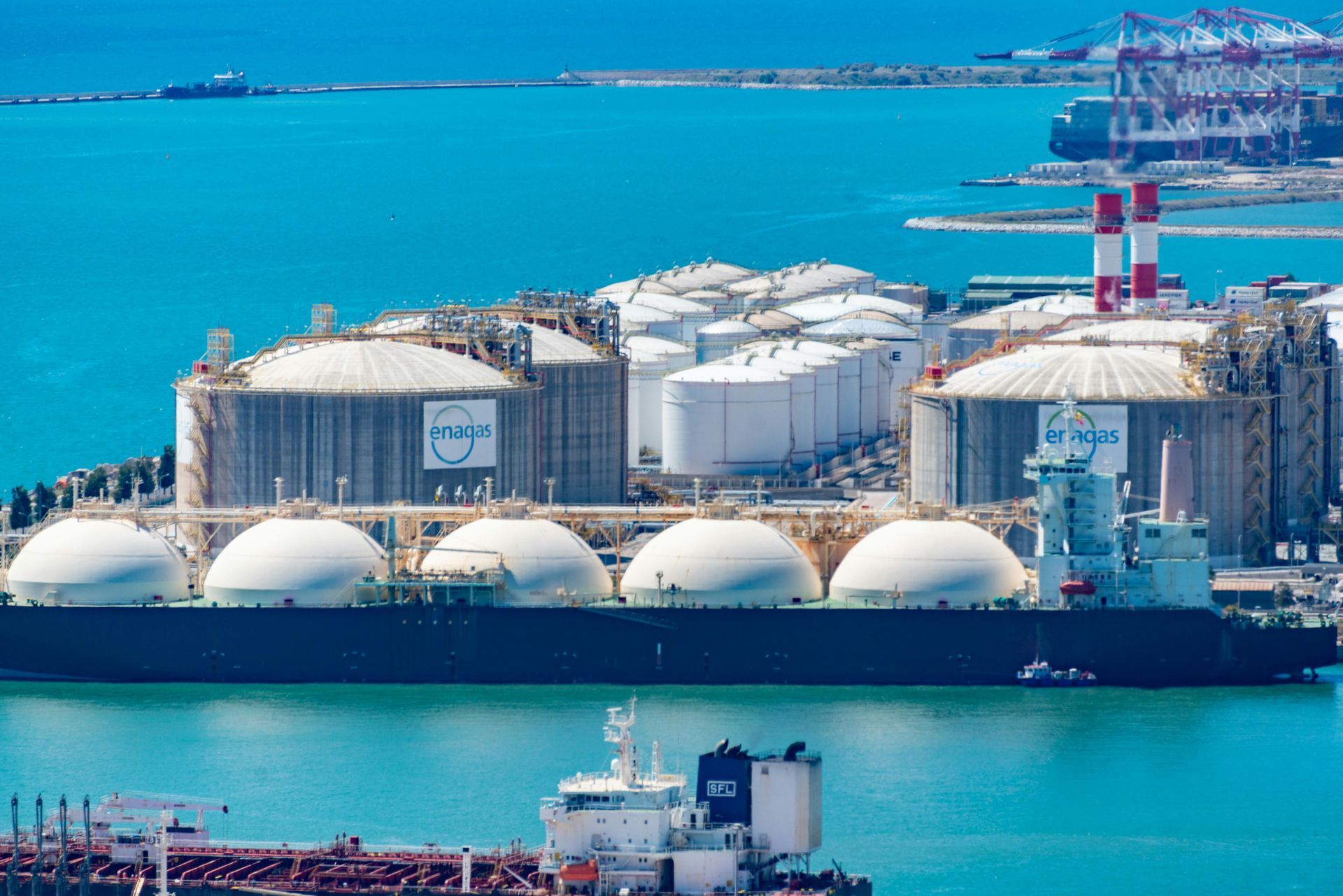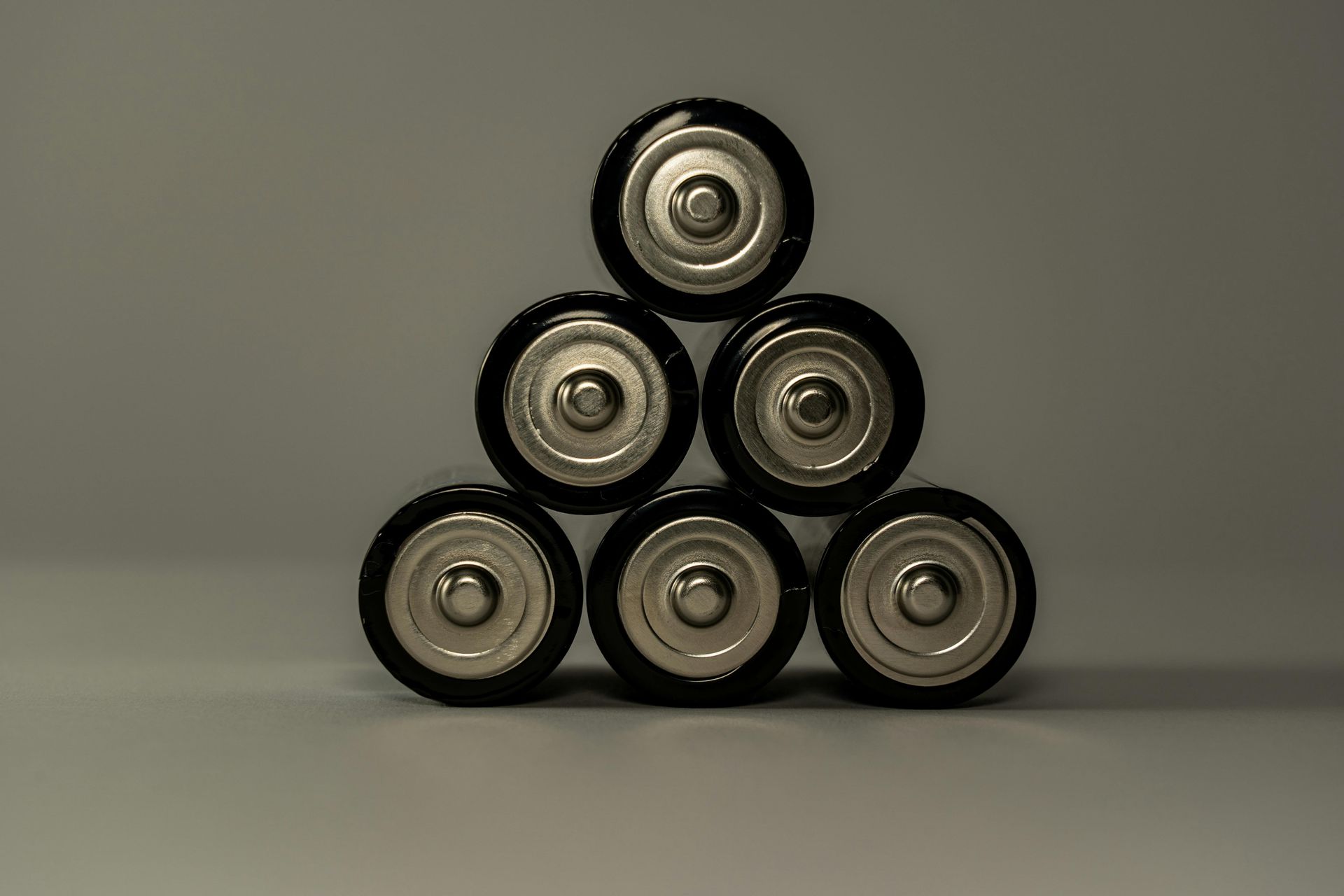This is a subtitle for your new post
Battery Use Soars While Costs Keep Falling
The global battery industry is expanding rapidly, driven by surging demand and falling prices. In 2024, electric vehicle (EV) sales jumped by 25%, reaching 17 million units, pushing annual battery demand past the 1 terawatt-hour (TWh) mark—an all-time high. At the same time, the cost of battery packs for EVs dropped below USD 100 per kilowatt-hour, a critical benchmark for cost competitiveness with traditional vehicles.
The steep decline in mineral prices, particularly lithium—down over 85% since its 2022 peak—has helped lower costs. But innovation and growing manufacturing capacity have played key roles as well. Global production capacity reached 3 TWh in 2024 and could triple in the next five years if all announced projects materialize.
These developments signal a shift in the industry, from regional and fragmented markets to a more standardized, global scale. To stay competitive, companies will need to leverage economies of scale, build strong supply chain partnerships, improve manufacturing efficiency, and speed up innovation. This may lead to more industry consolidation, amid growing government interest in diversifying battery supply chains geographically.
China Maintains Dominance, But the Market Is Changing
China currently accounts for over 75% of global battery production. In 2024, battery prices there fell nearly 30%—faster than in any other region—making EVs in China more affordable than conventional cars. On average, batteries in China are over 30% cheaper than those in Europe and over 20% cheaper than in North America.
This advantage stems from several factors:
China’s vast experience—over 70% of all EV batteries ever made originated there—has led to highly efficient manufacturing and strong innovation from companies like CATL and BYD.
Integrated supply chains, supported by domestic control over critical minerals and collaboration among firms, reduce costs and accelerate innovation.
A focus on lithium-iron phosphate (LFP) chemistry, which is cheaper and now powers nearly half of all EVs globally after significant R&D advancements.
Intense domestic competition among nearly 100 producers, which has driven down prices as companies fight for market share.
Still, price cuts may slow as margins shrink and smaller producers exit the market. While China is expected to remain the dominant force, industry consolidation is likely.
Europe at a Critical Juncture
In Europe, China’s lead is posing significant challenges. High production costs—about 50% more than China’s—and a weaker industrial base are forcing some battery makers to scale back or abandon expansion plans. The collapse of Northvolt, once Europe’s largest battery hope, highlights these struggles.
Nonetheless, Europe can build a competitive industry by fostering strong local demand and supporting policies that reduce risk for investors. Efforts are underway to ramp up LFP battery production, and some Korean manufacturers are now investing in European facilities to remain competitive.
Chinese firms are also increasing their presence in Europe through joint ventures, like the Stellantis-CATL partnership, which could accelerate LFP battery adoption and improve Europe’s supply chain strength.
Global Race to Expand Battery Production
While China leads, other regions are expanding quickly:
- South Korea and Japan are major global players, with large overseas manufacturing footprints and strong innovation in battery technologies, including solid-state batteries.
- The U.S. has doubled its battery manufacturing capacity since 2022, supported by tax incentives. Over 200 GWh is now operational, with nearly 700 GWh more under construction. Domestic component production, however, still lags.
- Southeast Asia and Morocco are emerging as future hubs. Indonesia began producing EV batteries and anode materials in 2024, leveraging its nickel reserves. Morocco, with the world’s largest phosphate reserves, has attracted over $15 billion in battery investment thanks to its car industry and trade deals with the EU and U.S.
Balancing Resilience and Competitiveness
Governments are increasingly focused on reducing supply chain risks, especially in light of China’s proposed export restrictions on battery technologies. But diversification takes time, investment, and sustained EV demand—the primary source of battery consumption.
Advanced manufacturing methods, automation, and digitalization will be critical for countries trying to reach competitive production levels. Collaborations—via joint ventures or licensing deals—can shorten timelines and reduce investment costs.
Global cooperation is also vital. Smaller markets may need to align with others or partner with resource-rich nations (e.g., in South America, Africa, Australia, Indonesia) to justify building up battery manufacturing capacity.
The International Energy Agency (IEA) will continue tracking these developments and plans to release a special report later this year analyzing battery supply chains in the car industry.
Source: IEA






